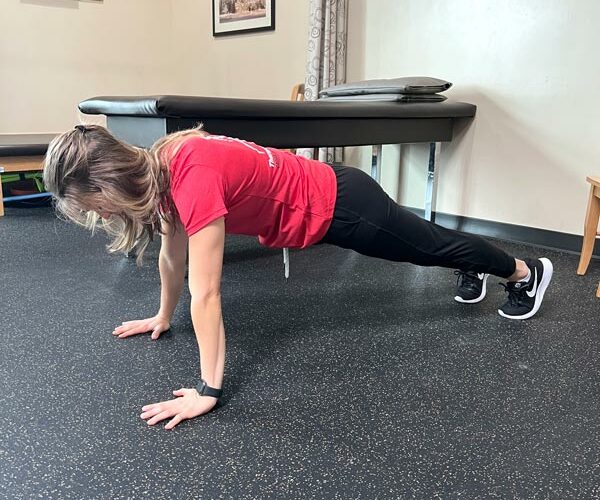Push-ups are a fantastic exercise for building upper body strength, but they can sometimes lead to discomfort in the pectoral region. In general, there are a number of different structures that can generate pain in the pectoral region while doing push-ups. Understanding the potential causes and adopting helpful strategies can make a significant difference in your workout routine.
Common Cause: Pectoral Muscle Strain
The most frequent culprit behind pectoral pain during push-ups is a strain of the pectoral muscle. To alleviate this discomfort, consider adjusting your technique:
Reduce Shoulder Range of Motion: Limit the shoulder’s range of motion during bench press or push-ups. Stop the movement when the shoulder and elbow are aligned or opt for a smaller depth that is pain-free.
Implementing this change can offer short-term relief while allowing you to stay active and continue doing push-ups as part of your exercise routine. However, if symptoms persist beyond two weeks, it’s time to consider seeking professional care.
Consult a Physical Therapist
- When to Seek Help: If your symptoms haven’t improved within two weeks, consulting a physical therapist is a reasonable next step. They can evaluate your shoulder and chest to pinpoint the source of the pain.
- Expert Intervention: A physical therapist may employ hands-on treatments and prescribe specific exercises to alleviate pain and strengthen the affected area. This not only helps in the short term but also reduces the risk of future injuries.
- Exercise Evaluation: Moreover, a physical therapist can assess your pushing movements and suggest modifications to your workout positions. This personalized guidance aims to minimize further aggravation to the pectoral area.
Pectoral pain during push-ups doesn’t have to derail your fitness journey. By understanding the cause and making thoughtful adjustments, you can continue enjoying the benefits of this powerful exercise while keeping discomfort at bay. Remember, seeking professional guidance ensures a holistic approach to your well-being and long-term fitness goals.

Find a PT clinic near you!
As physical therapists, we know the importance of movement for overall health and well-being. From injury recovery to achieving optimal performance, our passion is to help every patient reach their goals and live an active, pain-free life.



